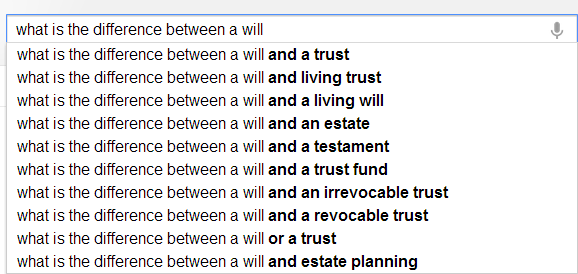Get a client. Do the work. Look for the next client.
That’s what you do, isn’t it? It’s always been that way. It always will be that way. It’s the circle of life.
Hakuna matata.
You can’t change the process. But you might make it more fruitful. Before you move from one case or client to the next, take a few minutes to reflect on how you can leverage that case or client to expand, enhance, or streamline your practice.
Here are three ways to do that:
TALK ABOUT IT
No matter how routine or boring, there’s always something you can talk about. It could be as simple as saying, “I have a new client who. . .” or, “I just finished a case where. . .” and then sharing a detail or two about your client’s background, industry, occupation, demographic, or niche, as well as their issue and what you did for them.
Talk about your cases and clients in conversations with clients, prospects, and professional contacts. It gives you ways to start a conversation or validate a point being made by someone else. It gives you ways to illustrate points in your presentations. And it allows you to remind people about what you do and for whom you do it without talking about yourself.
WRITE ABOUT IT
Every case and client is a story. It has a beginning, a middle, and an end. You should be telling those stories in your blog, newsletter, and articles.
If it’s a great story, feature it. If it’s routine, mention it in connection with other mentions about other cases or clients, e.g., “my last three clients.”
Use these stories to illustrate points in your reports or marketing documents. Or use them as prompts when you don’t know what to write about.
At the end of every case, make a few notes and put them in an idea file. You won’t write about every one but you never know which one might provide you with exactly the idea you need.
THINK ABOUT IT
At the conclusion of every matter, take five minutes and ask yourself two questions:
- What did I do well?
- What can I do better?
By answering these questions, you will almost always find ways to improve your work, your client relations, or your marketing.
There’s one more thing you can do at the end of every case.
Send thank you notes.
To your clients, to expert witnesses, to opposing counsel. Thank them for putting their faith in you, for their help, for their professionalism.
Every case or client presents an opportunity to connect further with someone and set the stage for a deeper relationship. Thank you notes will bring you repeat business, referrals, and a reputation for being someone worth knowing.
Marketing is everything we do to get and keep good clients. Here’s The Formula.








